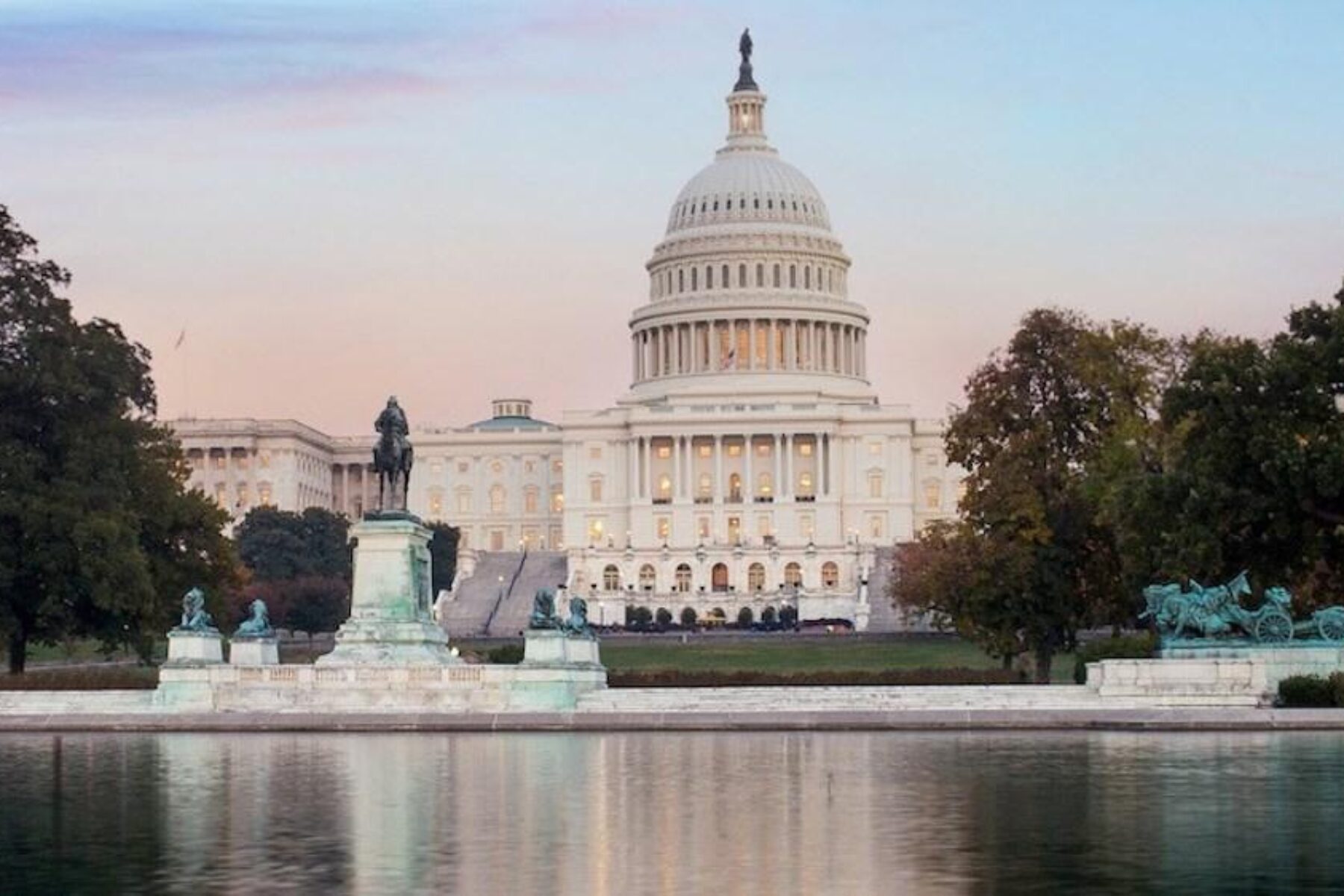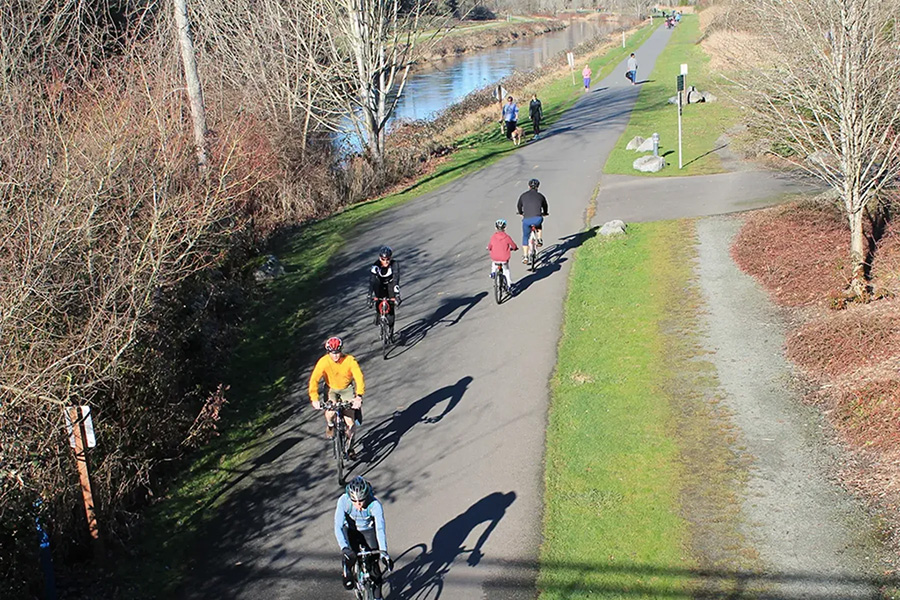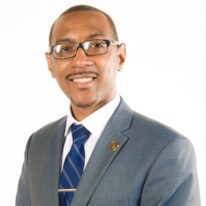What the 2024 Election Means for Active Transportation

Since election day, the team at Rails to Trails Conservancy has been digging into the results of local and state ballot initiatives, state and Congressional races, and nominations for key federal agencies to map out what the outcomes of the 2024 election will mean for active transportation. The next few years are a critical time for active transportation—with huge momentum pushing forward the development of trail and active transportation networks in every state in the country, and the next federal transportation bill expected in 2026. A few topline takeaways predict new challenges and opportunities on the path ahead.
Ballot measures to fund trails, walking and biking prevailed nationwide, showing that voters support active transportation funding.
Whether trails were on their own or paired with conservation measures or transit, voters convincingly endorsed greater investment, approving a total of $27 billion in measures nationwide. For example, all seven state and local ballot measures that RTC actively supported succeeded.
New leadership will shift decision-making priorities.
Shifts in state government control were mixed while Republicans gained control of power in Washington, making early engagement with new leaders critical. Building relationships, advocating for thoughtful and inclusive budget priorities, and framing active transportation networks as vital infrastructure will help secure their place in plans moving forward.
There is an uncertain future for some federal grant programs.
Active transportation has benefited greatly from direct federal grant programs like RAISE, Reconnecting Communities, and Safe Streets and Roads for All. This year alone, these programs invested more than $2.8 billion in projects in hundreds of communities nationwide to make walking and biking safer and more convenient by making active transportation infrastructure increasingly accessible and connected. It is expected that under the new administration these programs will shift focus in alignment with different priorities, which RTC will stay on top of.
Congress Will Shape Progress for Active Transportation
With the shift in Congressional power, new leadership will play a major role in decision making that directly affects investments in trails, walking and biking in communities across the country. While leadership positions are yet to be confirmed, it is guaranteed that the transition will bring opportunities and uncertainties as investment priorities are established.
In this moment, public demand for increased investment in active transportation has surged, with communities recognizing its benefits for health, traffic relief and reducing emissions. At the same time, road and highway projects often receive priority, leaving many active transportation projects underfunded. The incoming Congress will be tasked with deciding the relative priority of trails and active transportation in the annual appropriations process for programs like the Active Transportation Infrastructure Investment Program, as well as the upcoming reauthorization of the federal transportation bill, due to be considered in 2026.
2024 Ballot Measures: A Win for Active Transportation
This year’s election saw many state and local ballot measures supporting trails and other active-transportation infrastructure. Voters approved conservation and transit initiatives that funded trails as well as measures to make active transportation safer, more accessible and better connected. While voters approved more than $27 billion in measures nationwide this year, each of the seven initiatives that RTC actively supported was successful. For example, in Franklin County, Ohio, voters approved a sales-tax increase for transit. This measure will invest $60 million per year in active transportation projects like trails, sidewalks and bike lanes in the county, promising to complete nearly 30 miles of the region’s trail network in the first 5 years.
The results of the 2024 election made one thing abundantly clear: When trails are on the ballot, they win. Though not a central issue for this election cycle, the results of the ballot measures showed a clear mandate for a healthy environment and safe and accessible transportation. Nationwide, voters are supporting investments for improving quality of life, safeguarding natural resources and making transportation safer and more inclusive for all.

Immediate Opportunities on the Horizon
There will be many opportunities to improve our nation’s active transportation infrastructure post-election. The public’s demand for safer, traffic-separated walking and biking routes is clear, underscoring the importance of the country’s legacy federal funding programs for trails, walking and biking: the Transportation Alternatives Program (TAP) and the Recreational Trails Program (RTP). These programs are key for developing the infrastructure needed to make it safer and easier for people to walk and bike, creating the framework for regional active transportation networks that connect people across communities. Looking ahead, the future of these programs will depend upon Congress as it navigates broader transportation priorities in reauthorizing federal transportation policy.
This surface transportation reauthorization due in 2026 will majorly impact the federal infrastructure investment for years to come. At stake in this cycle is the amount of dedicated funding for walking, biking and trails, as well as programs for which active transportation projects can compete and policies that will shape what gets prioritized. Each reauthorization cycle presents an opportunity to reshape federal transportation priorities, building deeper support for active transportation. This reinforces the importance of consistent and ongoing advocacy to ensure that crucial programs are protected and expanded, promoting balanced transportation infrastructure that prioritizes safety, the environment and equity. Together, we can pave the way for safer roads and pathways and a better connected, accessible transportation system that genuinely serves the diverse needs of all communities.
Changemakers for Trails
One easy way for you to stay updated on the latest in federal, state and local policy is to sign up for RTC’s Inside Track newsletter. This bimonthly newsletter provides important updates, webinars and calls to action.

Donate
Everyone deserves access to safe ways to walk, bike, and be active outdoors.
